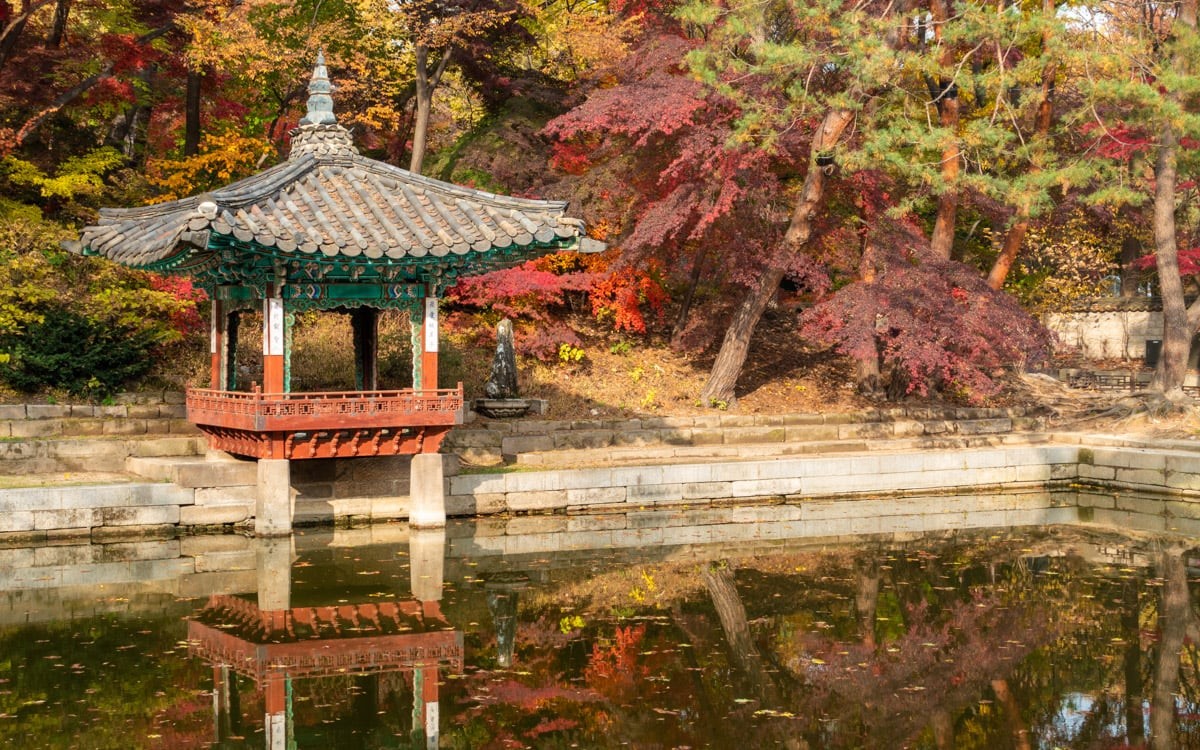
The Gothic Quarter: Barcelona's Medieval Heart
Nestled in the center of Barcelona, the Gothic Quarter (Barri Gòtic) is one of the city’s most captivating and historic neighborhoods. A labyrinth of narrow, winding streets, hidden courtyards, and centuries-old buildings, it transports visitors back to the Middle Ages while still thriving as a vibrant hub of modern life. The Gothic Quarter is a unique blend of the past and present, where ancient Roman walls, medieval cathedrals, and lively plazas create a cultural tapestry that is both rich in history and full of contemporary charm.
A Walk Through History
The Gothic Quarter forms the oldest part of Barcelona, and its origins date back to Roman times when the city was known as Barcino. Traces of this ancient past can still be seen in the Roman walls, columns of the Temple of Augustus, and the archaeological remains in the Plaça del Rei. As you wander through the narrow alleys, it’s easy to feel the weight of history in every stone, with each turn revealing a new piece of Barcelona’s fascinating past.
However, the Gothic Quarter’s most striking era is the medieval period, from which it takes its name. This quarter is filled with Gothic-style architecture, characterized by pointed arches, ribbed vaults, and intricate stone carvings. The Barcelona Cathedral, also known as the Cathedral of the Holy Cross and Saint Eulalia, is the most iconic example of this. Its soaring spires and ornate façade dominate the skyline, offering a stunning display of Gothic craftsmanship. Inside, the cathedral is equally impressive, with its towering columns, majestic altar, and tranquil cloisters that invite quiet reflection.
The Streets of the Gothic Quarter: A Maze Of Discovery
One of the most enchanting aspects of the Gothic Quarter is the way it invites exploration. The narrow streets and winding alleys often feel like a maze, but getting lost here is part of the charm. Each street reveals something new: a quiet plaza where locals gather, a quaint café serving traditional tapas, or a small boutique with handmade crafts. The quarter's layout encourages leisurely strolling, allowing visitors to absorb the unique atmosphere that combines the medieval with the modern.
Some of the most famous streets include Carrer del Bisbe, known for its iconic Bishop’s Bridge (Pont del Bisbe), an ornate neo-Gothic bridge that arches over the street, connecting two historic buildings. This picturesque bridge, with its intricate stonework and romantic design, has become a symbol of the Gothic Quarter’s mysterious and timeless beauty.
Another notable street is Carrer de Montcada, home to the Picasso Museum, which is housed in several connected medieval palaces. This street perfectly encapsulates the mix of old and new, where centuries-old architecture now houses one of the most important collections of Picasso’s early works.
Hidden Plazas and Courtyards
The Gothic Quarter is also known for its hidden plazas and courtyards, each with its own distinct character. Plaça Reial, one of the largest and most vibrant squares in the quarter, is surrounded by palm trees and elegant arcades, creating a lively and picturesque setting. At night, the square comes alive with restaurants, bars, and street performers, making it a popular spot for both locals and tourists.
In contrast, Plaça Sant Felip Neri is a quiet and somber space, marked by the scars of history. The square is dominated by the Church of Sant Felip Neri, and the walls still bear the marks of shrapnel from bombings during the Spanish Civil War. This peaceful plaza offers a moment of reflection, with its tranquil atmosphere and historical significance providing a poignant reminder of the city’s turbulent past.
A Blend of Cultures and Eras
What makes the Gothic Quarter truly unique is its ability to blend different eras and cultures seamlessly. While the medieval architecture dominates, there are also elements of modernism, Renaissance, and even Roman influences. The Plaça del Rei, for example, is a beautifully preserved medieval square where you can also find the Palau Reial Major, a royal palace that dates back to the Middle Ages, alongside the Museu d’Història de Barcelona, which showcases the city's Roman and Gothic history.
The quarter is also home to numerous cultural events, music performances, and street art, giving it a vibrant and contemporary energy. The blend of old and new is part of what makes the Gothic Quarter so dynamic—visitors can appreciate the historical significance of the area while also experiencing the modern life that pulses through its streets.
The Soul of Barcelona
The Gothic Quarter is more than just a collection of old buildings and historic landmarks; it is the soul of Barcelona. This neighborhood has witnessed the city's evolution over the centuries, from its Roman origins to its medieval heights and its present-day status as a global cultural hub. The vibrant street life, the fusion of tradition and modernity, and the undeniable charm of its hidden corners make the Gothic Quarter a must-see for anyone visiting Barcelona.
Whether you're marveling at the Barcelona Cathedral, discovering a tucked-away café, or wandering through the ancient Roman ruins, the Gothic Quarter offers an immersive experience like no other. It is a place where history is not just preserved but lived, a living museum where the past and present coexist harmoniously.
Conclusion:A Journey Through Time and Beauty
The Gothic Quarter is one of Barcelona’s most enchanting neighborhoods, offering visitors a journey through time. Its narrow, winding streets, hidden courtyards, and stunning Gothic architecture create an atmosphere that is both mysterious and inviting. From the grandeur of the Barcelona Cathedral to the quiet charm of Plaça Sant Felip Neri, the Gothic Quarter captivates with its beauty, history, and unique character.
As you explore this medieval heart of the city, you’ll find yourself immersed in the essence of Barcelona—a city that embraces its rich past while continuing to inspire and innovate. The Gothic Quarter stands as a testament to the enduring beauty of history, art, and culture, making it one of the most unforgettable experiences in Barcelona.





